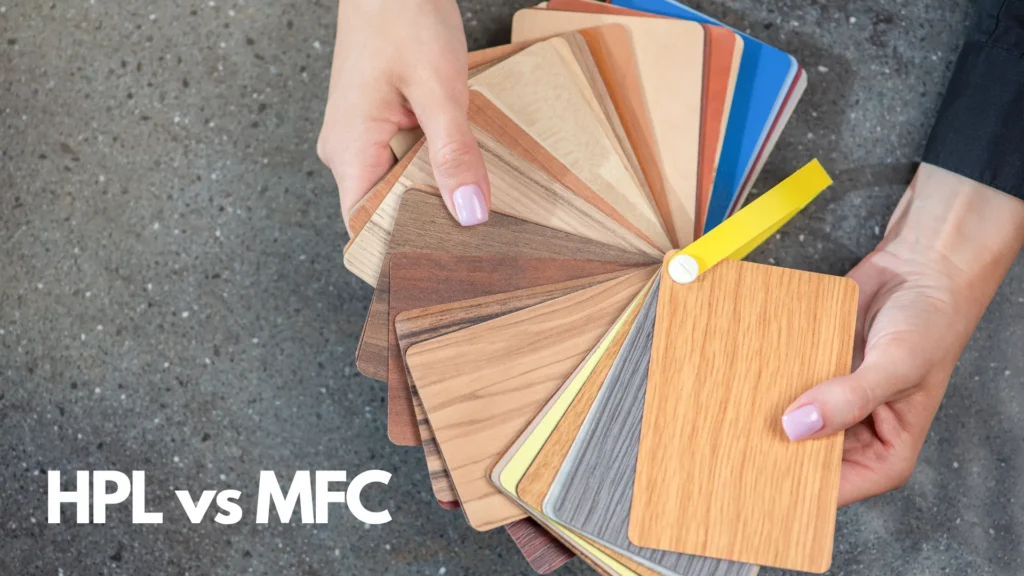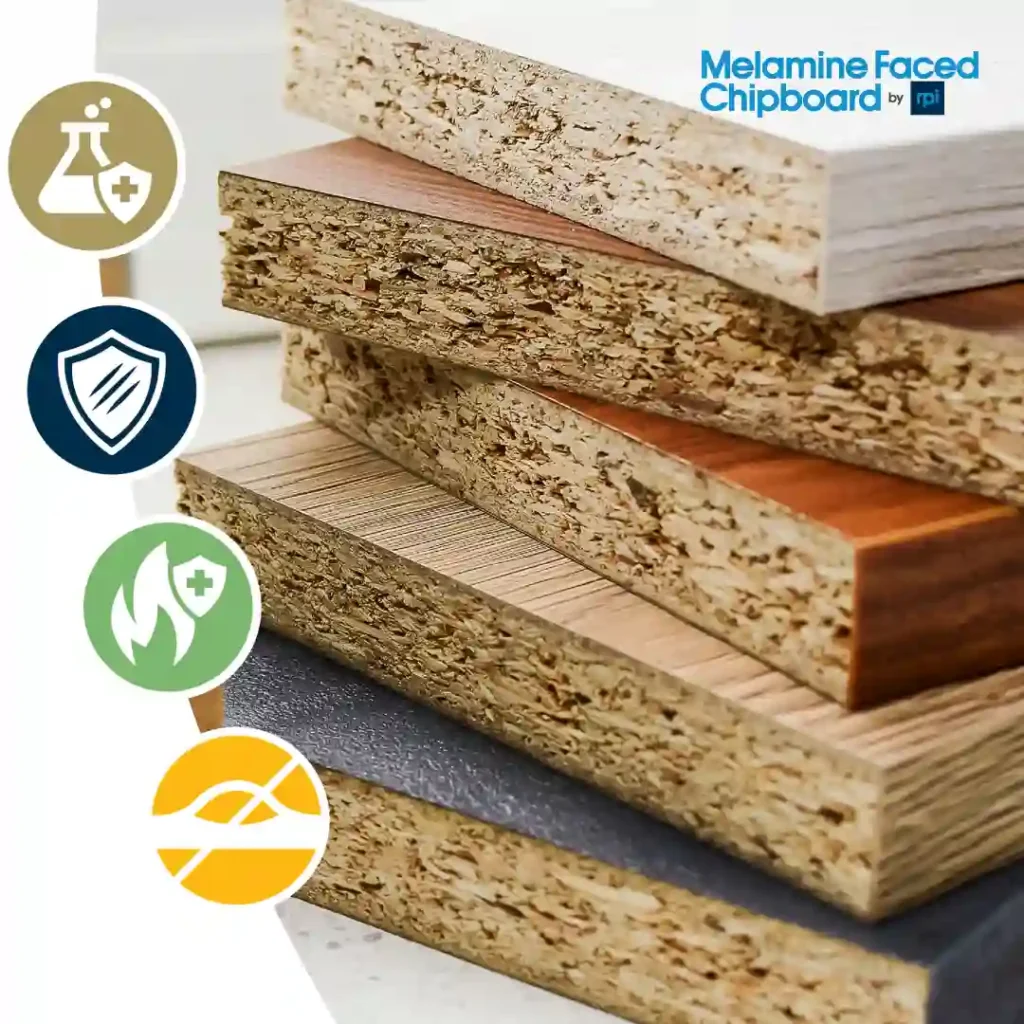HPL vs MFC, What is the difference between HPL and MFC?
In the realm of interior design and furniture manufacturing, two commonly utilized materials often stand out: High-Pressure Laminate (HPL) and Melamine Faced Chipboard (MFC). While both materials serve similar purposes in various applications, understanding their differences is crucial for making informed decisions in construction, renovation, or furnishing projects. In this comprehensive guide, we delve into the disparities between HPL and MFC, exploring their composition, characteristics, applications, and comparative advantages.
Composition and Manufacturing Process
High-Pressure Laminate (HPL) is engineered from layers of kraft paper infused with resins, topped with a decorative layer, and sealed with a transparent overlay. The high-pressure lamination process bonds these layers together under elevated temperatures, typically exceeding 70 bars of pressure.
On the other hand, Melamine Faced Chipboard (MFC) is crafted from wood particles or fibers bonded together with synthetic resins, forming a composite material. A melamine-impregnated paper is thermally fused onto the surface of the chipboard, creating a durable and visually appealing finish.

Characteristics and Properties MFC vs HPL
1. Durability:
- HPL: Renowned for its exceptional durability, HPL exhibits high resistance to scratches, abrasions, moisture, and impact. This makes it ideal for high-traffic areas or surfaces prone to wear and tear.
- MFC: While MFC offers decent durability, it may not match the robustness of HPL. It is susceptible to scratching and chipping under heavy use, although advancements in manufacturing have enhanced its resistance to wear.
2. Aesthetic Versatility:
- HPL: With an extensive range of colors, patterns, and textures available, HPL provides unparalleled design versatility. It can replicate the look of various natural materials, including wood, stone, and metal, offering designers abundant options for customization.
- MFC: While MFC also offers a diverse selection of finishes, its design versatility may be somewhat limited compared to HPL. However, modern printing techniques have improved its ability to mimic natural materials convincingly.
3. Cost-effectiveness:
- MFC: Generally more budget-friendly than HPL, MFC presents an economical option for projects with constrained budgets. Its affordability makes it a popular choice for residential and commercial applications where cost considerations are paramount.
- HPL: Although slightly more expensive than MFC, the superior durability and aesthetic appeal of HPL justify its higher price point. It offers long-term value by minimizing the need for frequent replacements or refurbishments.
Applications and Usage HPL vs MFC
1. Commercial Spaces:
- HPL: Due to its remarkable durability and resistance to stains and scratches, HPL is extensively used in commercial environments such as restaurants, hotels, offices, and retail outlets. It can withstand the rigors of daily use while maintaining its pristine appearance.
- MFC: While MFC is also suitable for commercial settings, it may be more commonly found in areas with moderate foot traffic or where budget constraints are a primary concern.
2. Residential Settings:
- HPL: In residential applications, HPL finds its place in kitchens, bathrooms, and living areas where a combination of style and durability is desired. It is often used for countertops, cabinetry, and furniture due to its resistance to moisture and ease of maintenance.
- MFC: MFC is a popular choice for residential furniture, such as wardrobes, shelves, and cabinets. Its affordability and decent durability make it a practical option for homeowners seeking cost-effective solutions without compromising on aesthetics.
3. Architectural Projects:
- HPL: Architects and designers often specify HPL for architectural projects that demand both aesthetic appeal and structural integrity. Its ability to withstand harsh environmental conditions and its fire-resistant properties make it suitable for exterior cladding, wall panels, and facade systems.
- MFC: While less common in architectural applications, MFC may be used for interior partitions, decorative wall panels, or furniture elements where cost considerations outweigh the need for premium durability.
Conclusion
In the ongoing debate between HPL and MFC Board, there is no definitive winner, as each material offers distinct advantages depending on the requirements of the project. While HPL excels in terms of durability, design versatility, and longevity, MFC remains a viable option for projects where affordability and basic performance suffice. Ultimately, the choice between HPL and MFC hinges on factors such as budget, aesthetic preferences, intended usage, and environmental considerations. By understanding the disparities between these materials, stakeholders can make well-informed decisions that align with their specific needs and objectives.
Melamine Faced Chipboard from PT Rimba Partikel Indonesia
PT Rimba Partikel Indonesia’s Melamine Faced Chipboard provides elegant, functional solutions for diverse furniture needs with smooth surface. With its advantages in scratch resistance and easy maintenance, this product becomes the perfect choice for enthusiasts of modern and practical design. Visit our website for more information.


